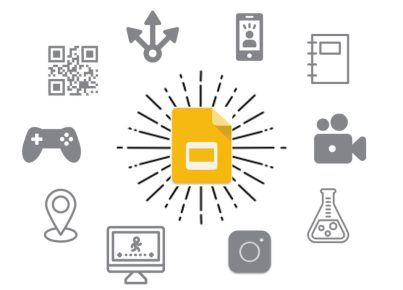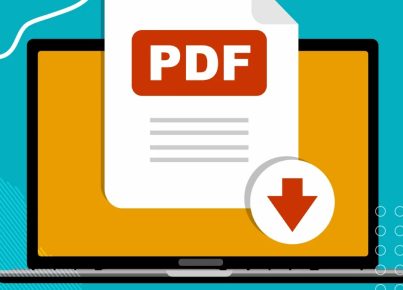Introduction
Google Earth has revolutionized the way we teach and learn about geography, history, and various other subjects in the classroom. Gone are the days when students had to rely solely on static maps and textbooks. With Google Earth, you can now virtually explore the world right from your classroom! In this article, we’ll be sharing some fantastic Google Earth classroom hacks that you will want to try as soon as possible.
1. Start with a virtual field trip
Why not start by taking your students on a virtual field trip using Google Earth? Explore historical landmarks, famous locations, or even places related to your current lesson plan. From ancient ruins to modern marvels, Google Earth allows you and your students to step outside the confines of the classroom and learn more about our world firsthand.
2. Embark on an interactive treasure hunt
Create an engaging treasure hunt activity using Google Earth by having your students search for specific locations or landmarks. Provide clues for them to follow, and integrate questions related to their findings for an extra learning twist.
3. Follow historical voyages and migrations
Want to teach your students about famous expeditions or ancient civilizations’ migration patterns? Use Google Earth as a tool to trace these voyages and migrations alongside studying relevant events that took place during these journeys.
4. Create collaborative projects
Encourage teamwork among your students by assigning collaborative projects using Google My Maps. This feature enables them to create their maps by adding markers, images, videos, descriptions, etc., from various locations related to a specific theme or subject matter.
5. Integrate multimedia resources
Along with exploring locations using satellite imagery on Google Earth, make sure you use multimedia resources as well! Students can access photos, videos, articles, and other content specific to any location right through the platform. This will give them a deeper understanding of the subject matter and keep them engaged.
6. Utilize Google Earth VR
Virtual reality is becoming increasingly popular in classrooms, and Google Earth’s VR feature is definitely a game-changer! With VR headsets, students can immerse themselves in a 3D experience, allowing for a unique and unforgettable learning opportunity.
7. Explore climate change impacts
Google Earth can be an excellent tool to teach about the implications of climate change. Explore melting polar ice caps, receding glaciers, deforestation rates, and other environmental changes happening globally. Students can witness these consequences first-hand, creating a more profound understanding of the issue.
8. Customize your own KML layers
Encourage students to dive deeper into data analysis by creating custom KML file layers. These files can include markers, images, descriptions, and more within Google Earth to display data related to specific themes or subjects.
In Conclusion
The possibilities are endless when it comes to incorporating Google Earth in classroom activities. Take advantage of this technology to engage your students in creative, collaborative, academically-driven projects that provide unique and immersive learning experiences. Don’t wait another day – start incorporating these Google Earth classroom hacks today!




